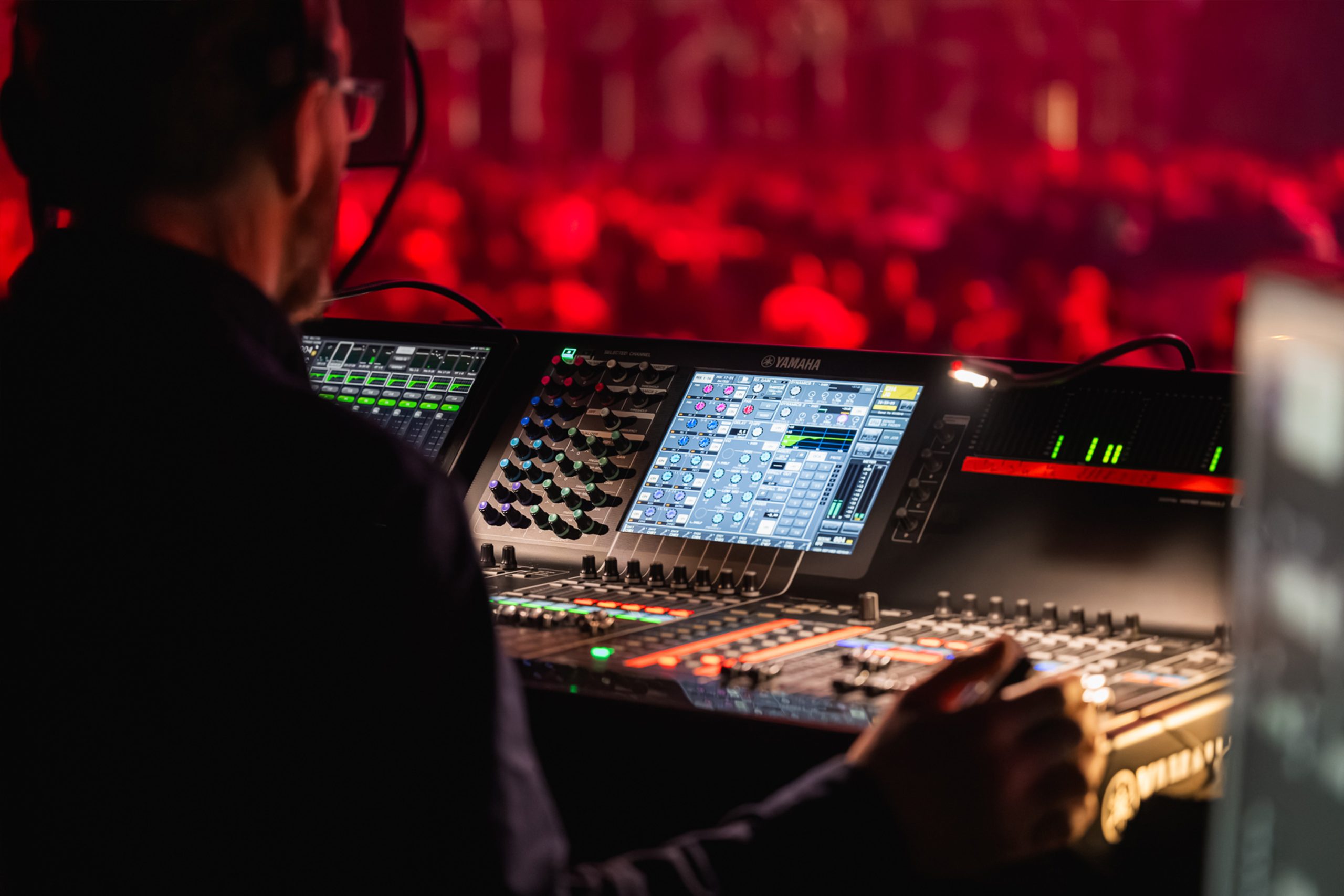In the past years, virtual VR has emerged as powerful instrument for boosting audience engagement in real-time performances. Such technology allows viewers to submerge oneself in a 3D environment, creating a distinct encounter that traditional media cannot easily replicate. Through using VR, creators can move viewers into the core of the action, causing them sense as if they are part of the performance. This innovative approach not only enchants audiences but also unlocks new possibilities for storytelling and interaction.
A of the key benefits of employing VR in real-time productions is the ability to create a more interactive experience. Viewers can interact with the show in the moment, shaping the outcome or exploring different perspectives. For example, in a stage production, viewers wearing VR headsets can choose to pursue particular characters or segments, allowing them to tailor their experience. This degree of interactivity fosters a deeper bond between the viewers and the performance, making it more memorable and impactful.
Additionally, VR tools can enhance the visual and auditory aspects of a real-time production. With top-notch visuals and audio engineering, creators can build breathtaking settings that attract audiences in. This engaging characteristic can elevate the overall experience, rendering it even more captivating and pleasurable. For example, a musical performance can be transformed into a multi-sensory experience, where fans feel as if they are visit page on stage with the performers. Such improvements not only attract larger audiences but also encourage repeat attendance, as audiences look to relive the thrill.

In addition enhancing audience engagement, VR can also provide valuable insights for producers. By analyzing how audiences engage with the digital setting, producers can collect information on viewer likes and actions. This information can guide future productions, helping to tailor content to better meet the needs and desires of the audience. As a result, VR not only enhances the present experience but also adds to the development of real-time performances as a whole.
With the technology progressing to advance, the possibilities for VR in live performances is vast. Ranging from stage shows and musical events to athletic competitions and celebrations, the opportunities are endless. By adopting this innovative approach, creators can transform the way viewers engage with live entertainment. With an increasing number of creators investigate the integration of VR, it is probable that we will witness a change in how performances are designed and presented, ultimately resulting to a more immersive and interactive future for real-time performances.